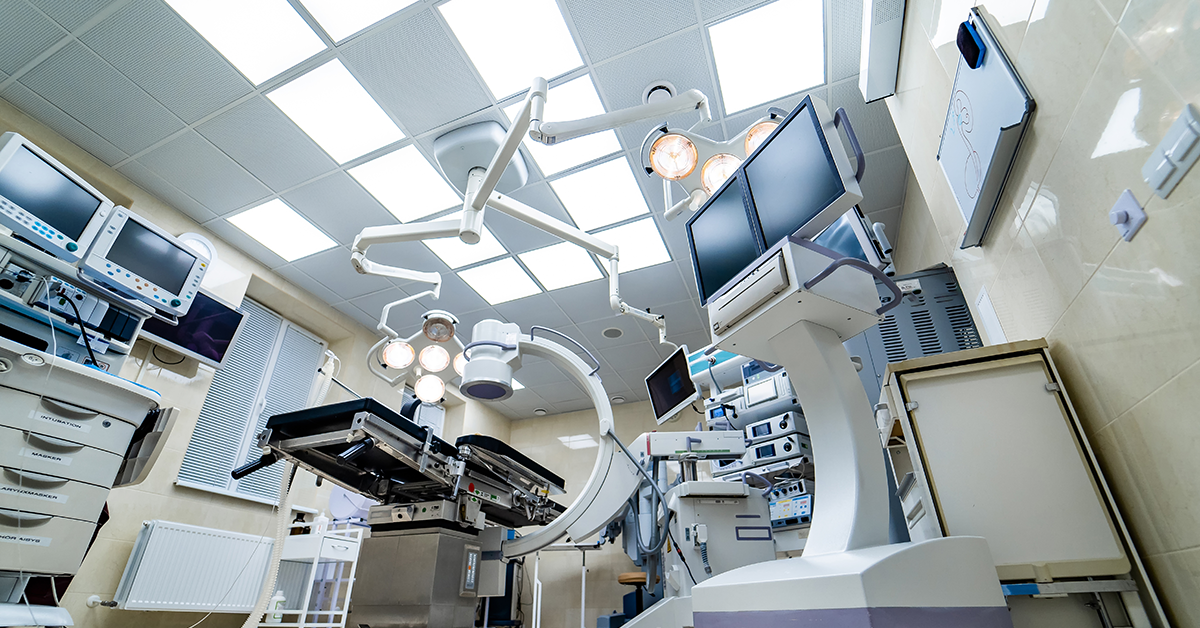EDM Electrodes are the critical components behind many medical devices, from everyday diagnostic machines to advanced technologies in neural stimulation, biosensing, and even in the manufacturing of these devices themselves through EDM (Electrical Discharge Machining). Their performance directly influences patient safety, diagnostic accuracy, and therapeutic outcomes—making the way they are manufactured just as critical as the innovations they power. In an industry where precision and reliability are non-negotiable, electrode manufacturing must meet the highest standards of accuracy, consistency, and regulatory compliance.
This blog post explores the roles of electrodes in modern healthcare and how rigorous manufacturing practices ensure that these small but vital components deliver life-saving results.
The Role of Electrodes in Medical Devices
Diagnostics form the foundation of effective medical care, enabling clinicians to make precise evaluations and informed decisions. Central to these advancements are medical electrodes—modest in appearance but vital in function.
Electrodes are integral to a wide range of medical devices, including:
- Diagnostic Tools: ECG, EEG, EMG machines
- Therapeutic Devices: Pacemakers, neural stimulators, TENS units
- Monitoring Systems: Biosensors for glucose, hydration, and pH levels
Their core functions include:
- Signal Detection: Capturing electrical activity from the body
- Stimulation: Delivering controlled electrical impulses to tissues
- Data Transmission: Enabling communication between the body and device
Learn more about the Role of Graphite in Modern Medical Devices here.
Accuracy in Electrode Manufacturing
Precision is non-negotiable. Even microscopic deviations can compromise performance. Key considerations include:
- Dimensional Tolerances: Ensuring consistent size and shape for proper contact
- Electrical Properties: Maintaining stable conductivity and resistance
- Material Purity: Using high-grade silver/silver chloride, gold, or carbon composites to reduce signal noise
Errors in manufacturing can lead to:
- False Diagnostics: Misinterpreted signals due to noise or drift
- Device Failure: Poor contact or corrosion over time
- Patient Risk: Inaccurate readings or ineffective therapy
Ensuring Consistency at Scale
Scaling production without sacrificing quality requires robust systems:
- Automation vs. Manual Processes: Automated lines reduce variability, while manual assembly allows for customization
- Cleanroom Environments: Protect sensitive components from contamination
- Quality Control: Inline testing, batch sampling, and statistical process control (SPC) catch defects early
Manufacturers often adopt:
- Lean Six Sigma (LSS): Manufacturing plants implementing Lean Six Sigma have reported up to 70% reduction in production cycle times and 50% decrease in manufacturing costs.
- ISO Standards: The global standard for medical device quality management
- Lean Manufacturing: A systematic approach that focuses on minimizing waste while maximizing productivity. 5 principles of LEAN Manufacturing: Value – Value Stream – Flow – Pull – Perfection
Regulatory Compliance and Standards
Electrode manufacturers must navigate a complex regulatory landscape:
- FDA 21 CFR Part 820: Outlines Quality System Regulations (QSR) for U.S. medical devices
- EU MDR: Governs safety and performance in the European Union
- ISO 10993 series: Ensures biocompatibility through rigorous testing
- IEC 60601 standards: Cover electrical safety and electromagnetic compatibility (EMC)
Traceability, documentation, and risk management are essential for compliance and market access.
Innovations in Electrode Manufacturing
The future of electrodes is flexible, miniaturized, and smarter:
- Printed Electronics: enable thin, flexible electrodes for wearables and implants
- Microelectrode Arrays (MEAs): allow high-resolution neural recording and stimulation
- Advanced Materials: graphene and conductive polymers offer superior conductivity and flexibility
These breakthroughs are expanding the possibilities for personalized medicine, brain-computer interfaces, and real-time biosensing.
Conclusion
Electrodes may be small, but their impact is massive. Precision manufacturing, scalable quality control, and strict regulatory adherence are the pillars of reliable medical device performance. As innovation accelerates, partnering with manufacturers who prioritize compliance and quality is more important than ever.
Looking for a reliable partner in electrode manufacturing? MWI delivers precision graphite medical electrodes you can trust. Ready to move forward? Request a custom quote today!

